Many gastroenterologists are presented with patients complaining of one or more of several anorectal symptoms. Patients expect that a gastroenterologist can treat their symptomatic hemorrhoids or anal fissures or diagnose accurately their rectal bleeding. Today the evaluation and treatment of these common ailments is not included within the core curriculum of most gastrointestinal fellowship training programs, and therefore has not been incorporated into a typical GI practice. Diagnosis and Management Guide for Anorectal Disease: A Clinical Reference looks to fill that void.
Dr. Waqar Ahmed Qureshi states that most of these perianal and anorectal problems can be successfully treated non-surgically. Diagnosis and Management Guide for Anorectal Disease: A Clinical Reference reviews a number of diseases that gastroenterologists should be able to effectively manage in their office, which eliminates extra cost, inconvenience, and frustration for their patients.
A few of the topics that can be found inside:
- Anatomy and Examination
- Anatomy and Physiology of the Pelvic Floor
- Benign Anorectal Conditions
- Hemorrhoids, Anal Fissures, and Anal Pruritus
- Benign Soft Tissue, Perianal, Perineal, and Complicated Conditions
- Pilonidal Disease, Aanorectal IBD Management, and Defecation Disorders
- Neoplasms
- Anal Carcinoma and screening high-risk groups
The gastroenterologist occupies a unique position between conservative treatment offered by primary care physicians and the more invasive procedures offered by the surgeon. Diagnosis and Management Guide for Anorectal Disease: A Clinical Reference is designed to provide a comprehensive understanding of anorectal diseases that they can manage and, therefore, improve the care of their patients in one comprehensive volume.
Product Details
- Paperback: 250 pages
- Publisher: Slack Incorporated; 1 edition (October 15, 2019)
- Language: English
- ISBN-10: 1630914924
- ISBN-13: 978-1630914929
- Product Dimensions: 6.9 x 0.4 x 9.9 inches

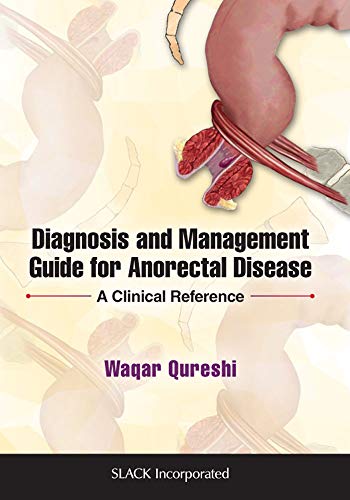


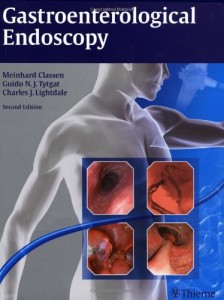
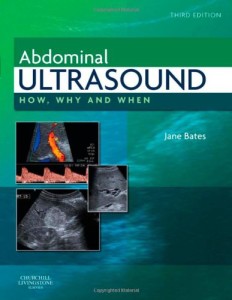
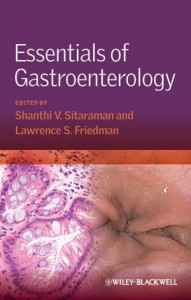
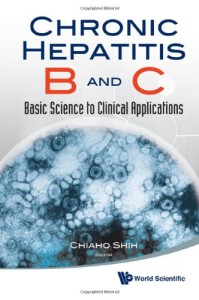
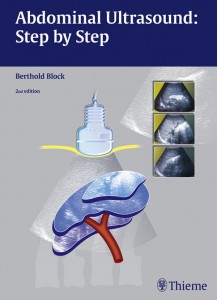

Reviews
There are no reviews yet.